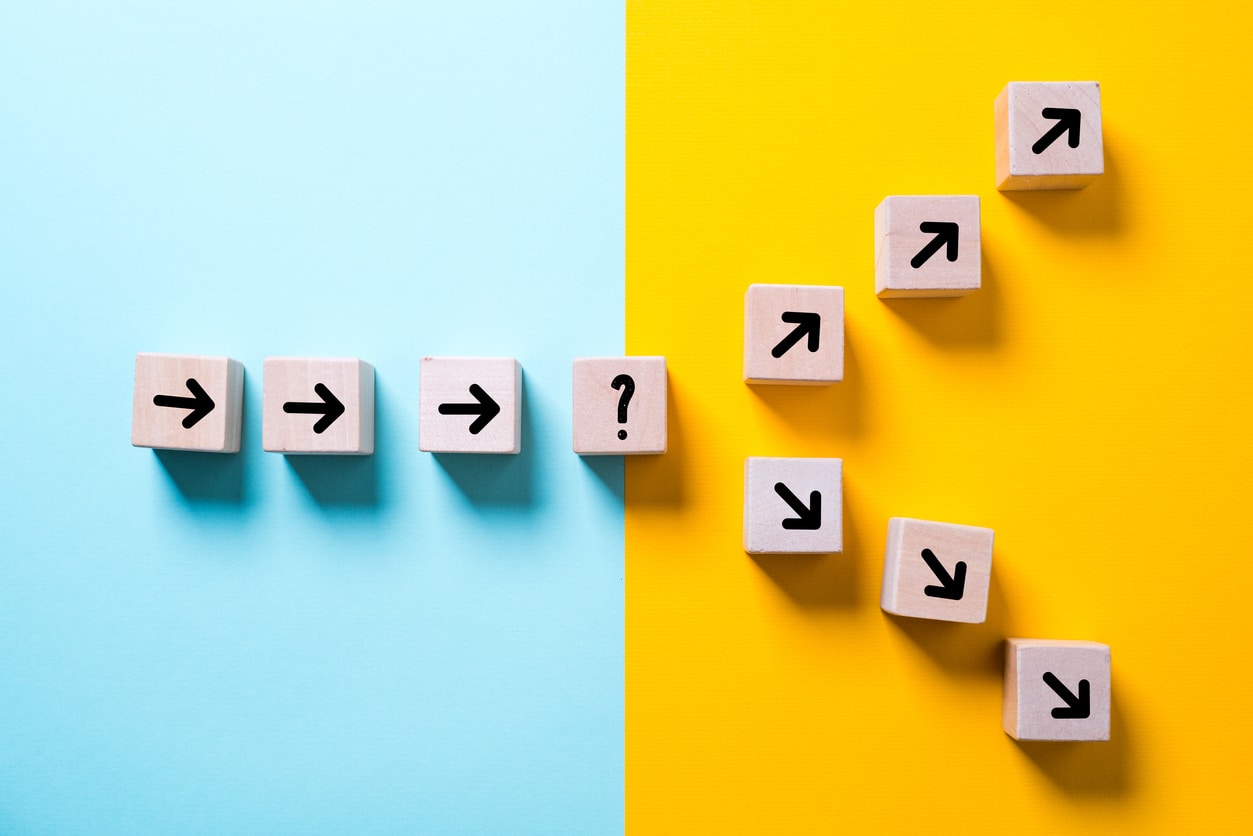When your emergency fund is at rock bottom and you also have outstanding debts, what do you do? Here’s a guide to help you figure out which steps to take first.
Get Going
The first thing to do is replenish your emergency savings. That doesn’t mean wait to pay debts until you’ve saved the recommended 6 months of expenses mark. Try to save about $1,000 or so, while simultaneously paying the minimum on your debts. You’ll need a small savings cushion so that you don’t miss bill payments if/when unexpected financial hardships arise.
Tackle It
Once you’ve built a small amount of savings, it’s time to refocus on your debts. Comb through your debts and find the one with the highest interest rate. You’ll want to pay that down first. Remember to keep saving a small amount each month, even if it’s just $20. When you get the highest interest debt paid off, move on to the next highest interest debt.
Think Ahead
As USA Today notes, when building savings and paying down debt, you want a plan for an unexpected cash windfall. If you don’t have a plan in place, there’s a chance you’ll spend that extra money. Instead, think ahead to your next potential windfall. Maybe that’s a work bonus or a tax refund. No matter what it is, decide now how it will contribute to your emergency fund, your debts, or both. A solid strategy will go a long way toward ensuring your finances are in good shape in the future.






